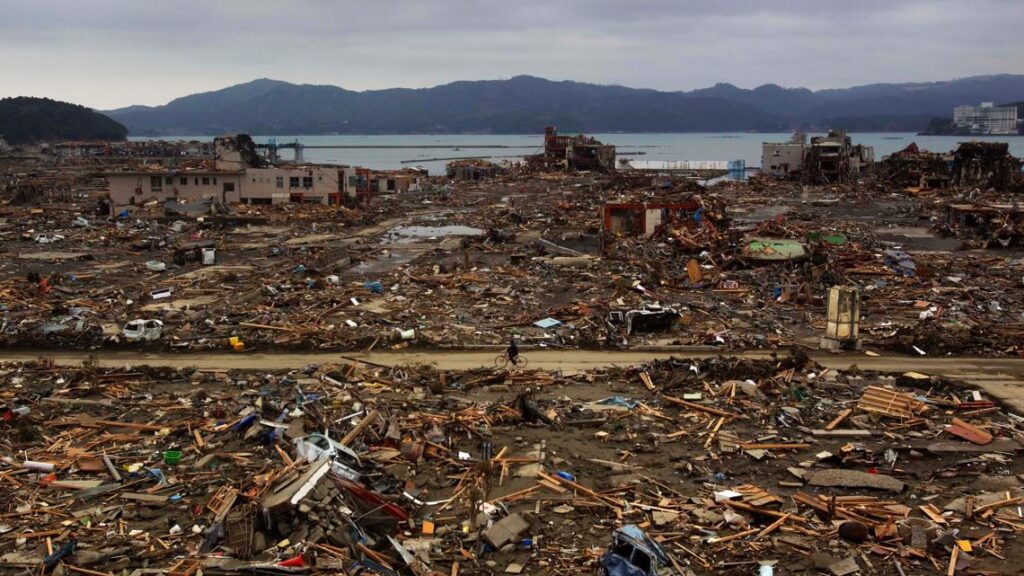The Earthquake Threatening the Pacific Northwest
Geologists and seismologists are increasingly concerned about the potential for a devastating earthquake along the Cascadia subduction zone, a fault line stretching over 700 miles off the coasts of California, Oregon, and Washington. This region has been relatively quiescent in terms of seismic activity, leading many to underestimate the threat it poses. The reality is, a powerful earthquake in this area is not just a matter of “if,” but “when.”
Cascadia Subduction Zone: A Hidden Hazard
The Cascadia subduction zone is a geological formation where the Juan de Fuca Plate is sliding underneath the North American Plate. This interaction between tectonic plates is responsible for the formation of the Cascade Range and the risk of substantial earthquakes. Current research indicates that the area could see a significant tectonic event producing magnitudes between 8.7 to 9.2, which would have catastrophic consequences for local populations.
Understanding the Risk
Researchers have calculated the odds of a major earthquake occurring in the next fifty years at approximately one in three. Furthermore, the risk of the most severe event, described as a full-margin rupture, sits at about one in ten. This anticipated earthquake could lead to widespread destruction and loss of life.
The Anticipated Consequences
The repercussions of such an event would be far-reaching. FEMA has projected that nearly 13,000 lives could be lost, with over 27,000 injuries expected. Thousands of buildings, including homes, schools, and emergency facilities, are likely to be compromised. The impact zone will include major cities such as Seattle, Portland, and Tacoma, affecting millions.
| Location | Projected Casualties | Impact/Recovery Time |
|---|---|---|
| Pacific Northwest | ~13,000 deaths | 1-3 months for electricity, 1-3 years for drinking water |
| Seattle | ~27,000 injuries | 6 months to restore major highways |
| Portland | Undetermined | 3+ years for hospital services |
Preparing for the Inevitable
Currently, regional preparedness for such an event is alarmingly insufficient. Many infrastructures, including schools and hospitals, are situated in high-risk zones, and seismic safety measures are often lacking. As communities continue to develop without considering geological realities, the window to effectively implement preventative measures is closing.
With data and awareness growing, scientists like Chris Goldfinger emphasize the urgent need for action to mitigate this looming disaster. As perspectives shift from denial to acceptance of the underlying risks, responsibility lies with both policymakers and residents to bolster preparedness. The time to act is now, before nature asserts its unpredictable force.

